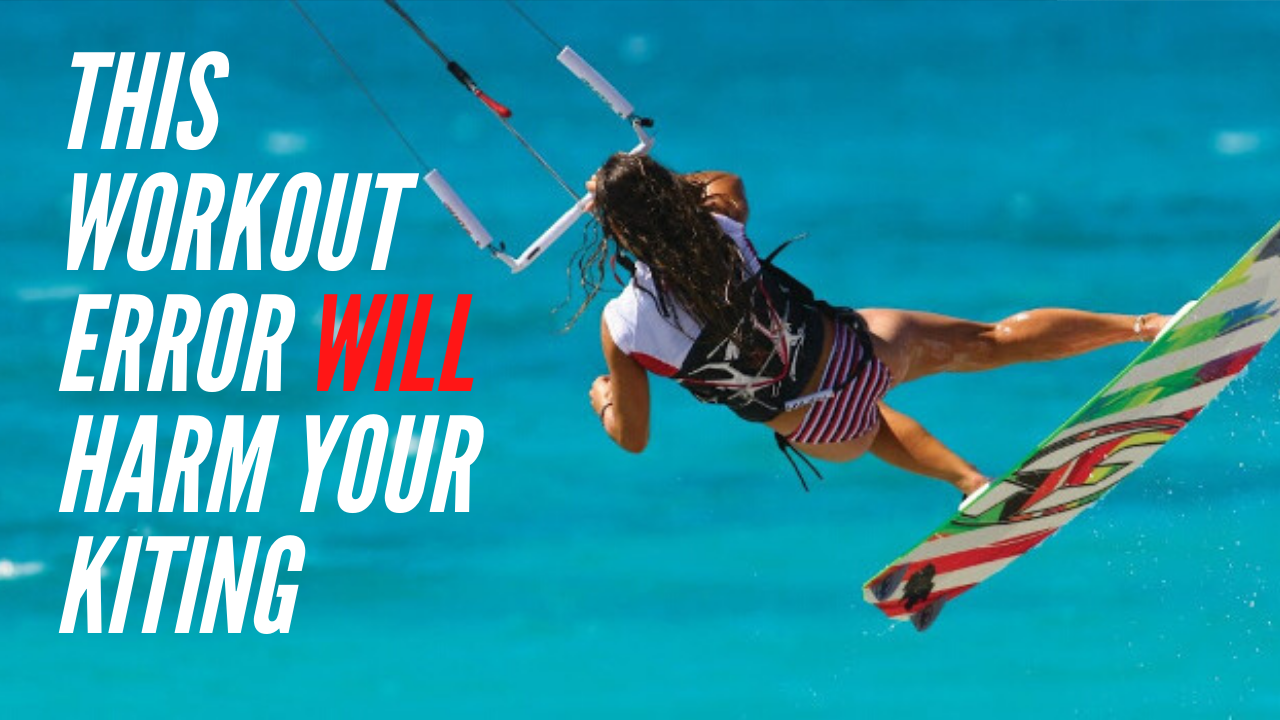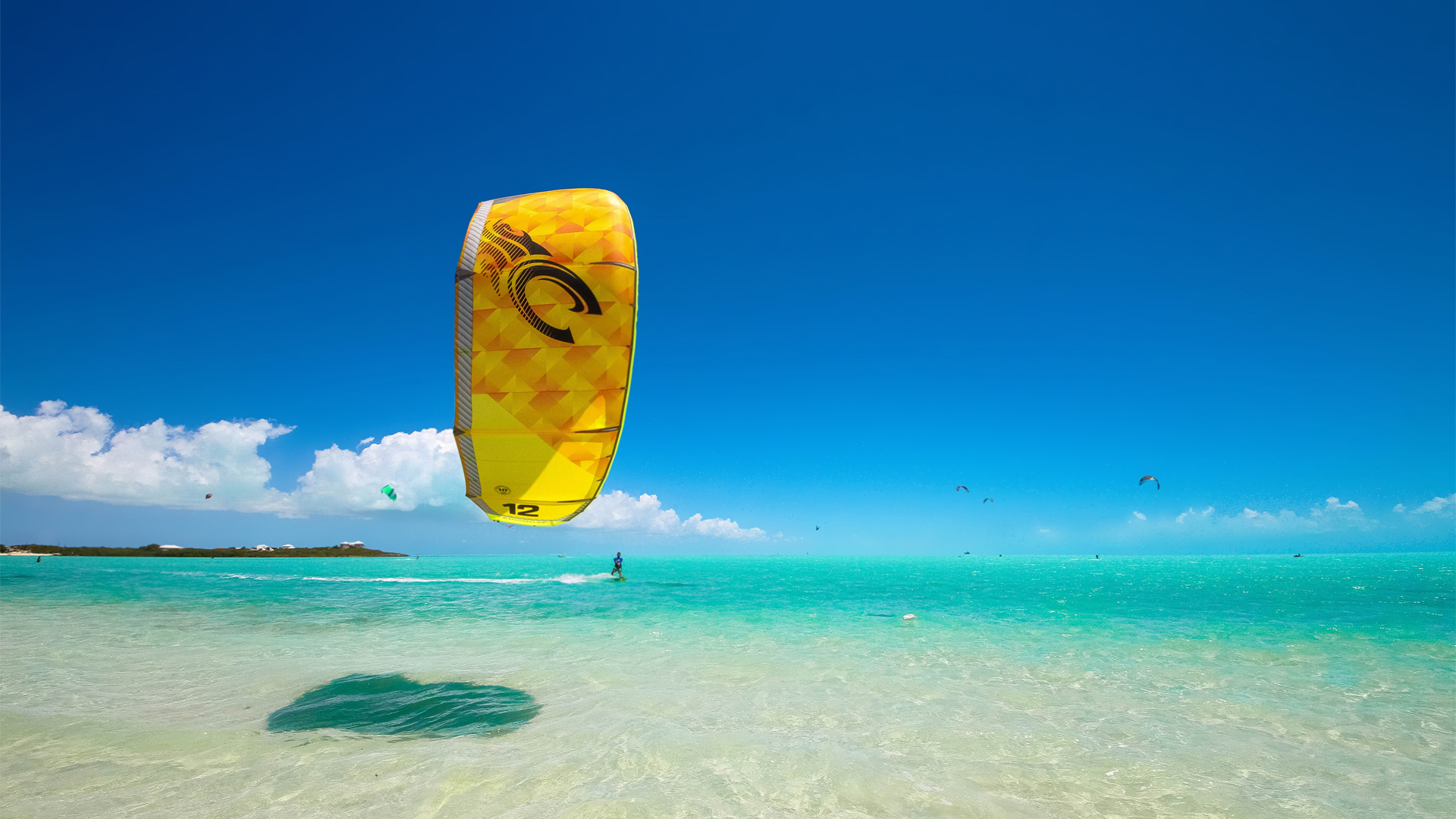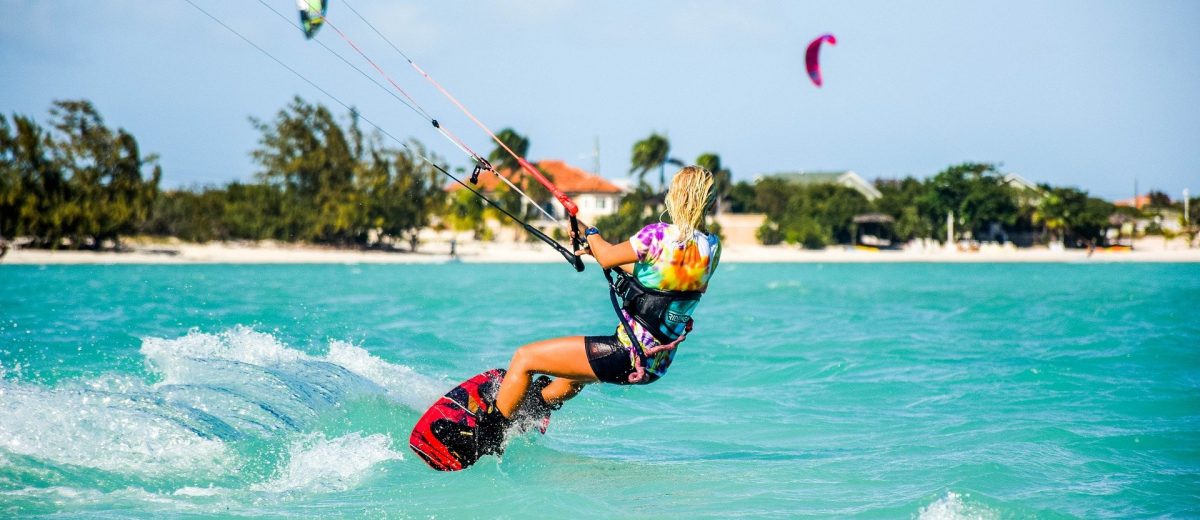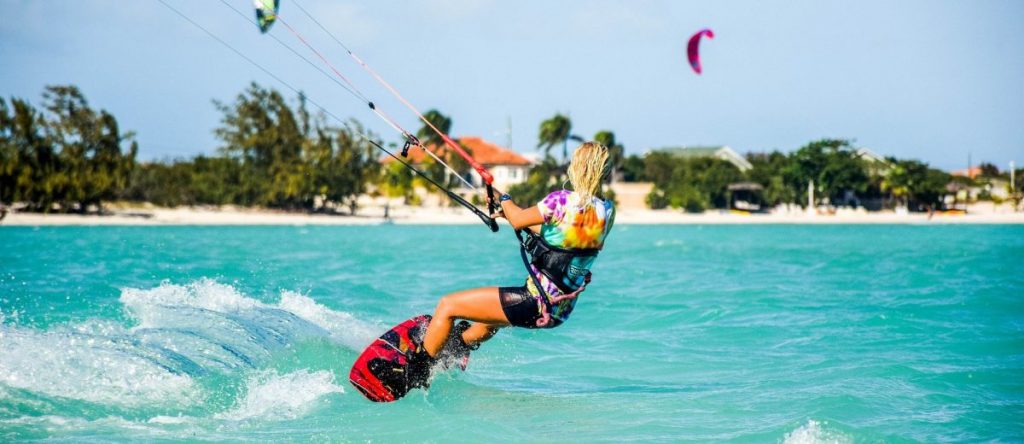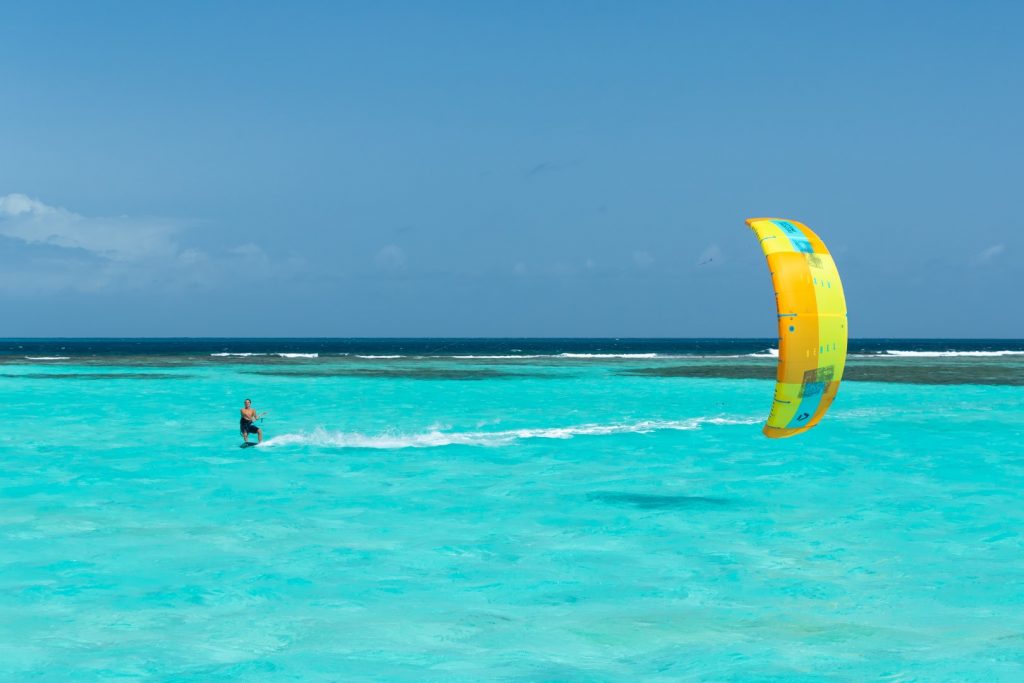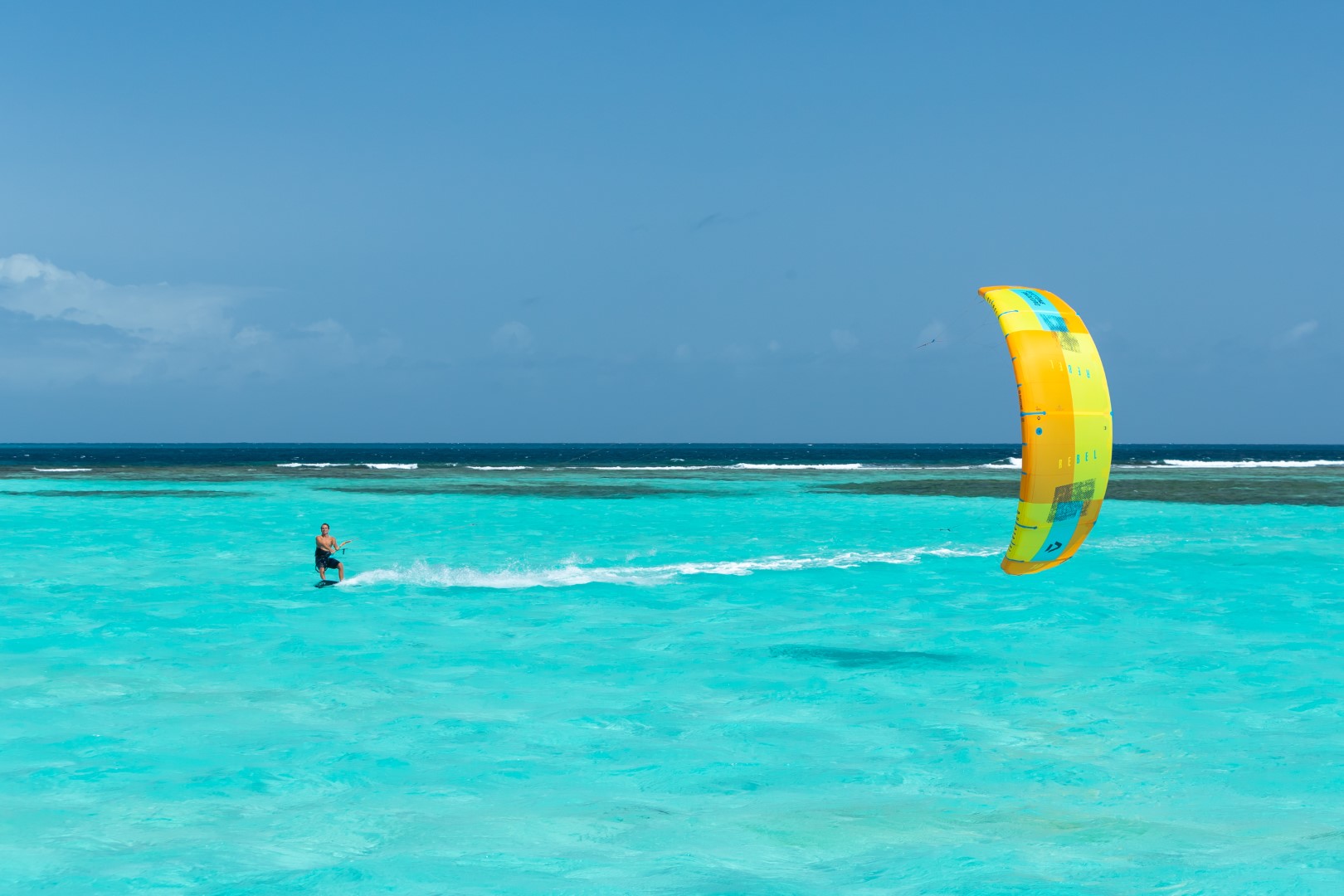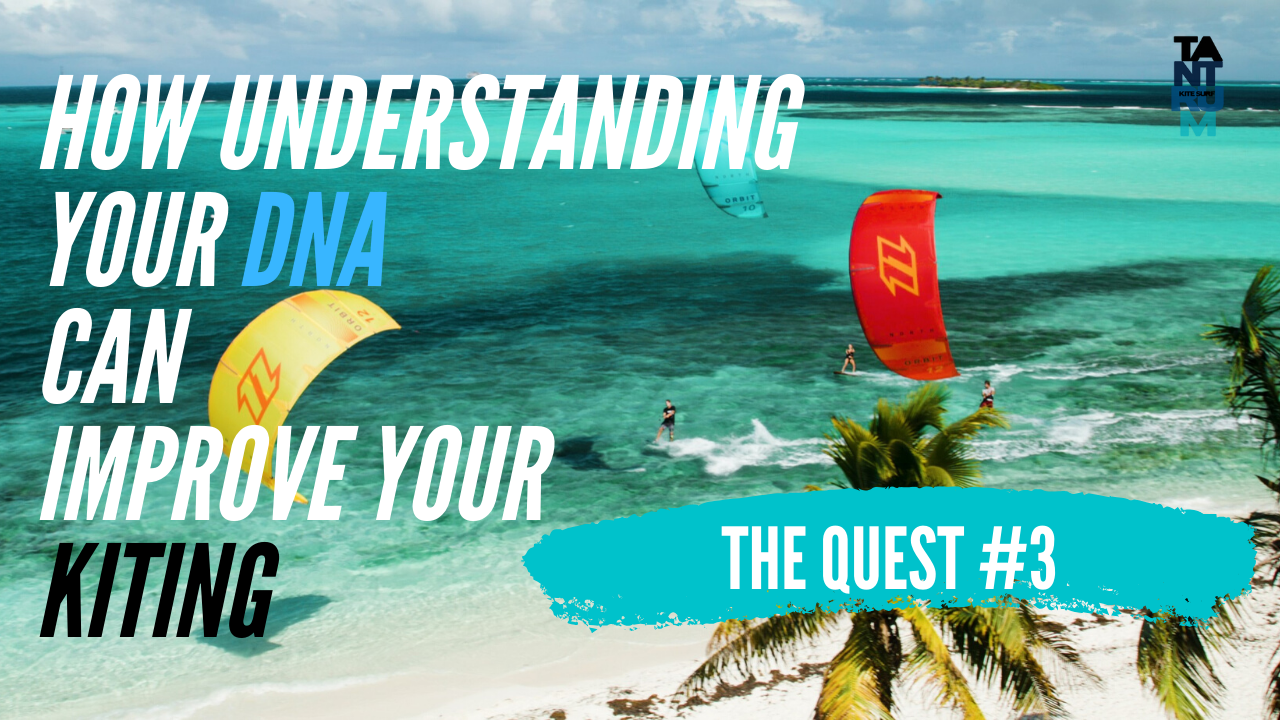
Genetic testing has opened up whole new worlds to those of us in pursuit of optimal human performance (or just those who want to be better kiters!). For the first time ever we can understand our underlying genetic predispositions and design our nutrition, our exercise, our lifestyle around them and thus radically upgrade our performance nearly over night.
In this video I show you how I plan to use this in my quest to become a kick ass kitesurfer…
One of the first things you learn when working as a Performance Coach is there is no one size fits all solution to instantly upgrade someone’s performance to superhuman levels.
Whether I’m working with clients to massively upgrade their kitesurfing performance, with a CEO to give them more focus, energy and drive, with a professional athlete wanting to be faster, fitter and stronger than the competition or whether it’s just me, looking to become a kick ass kitesurfer…
We are all subject to what in the world of Personal Training is called The Law of Individual Differences.
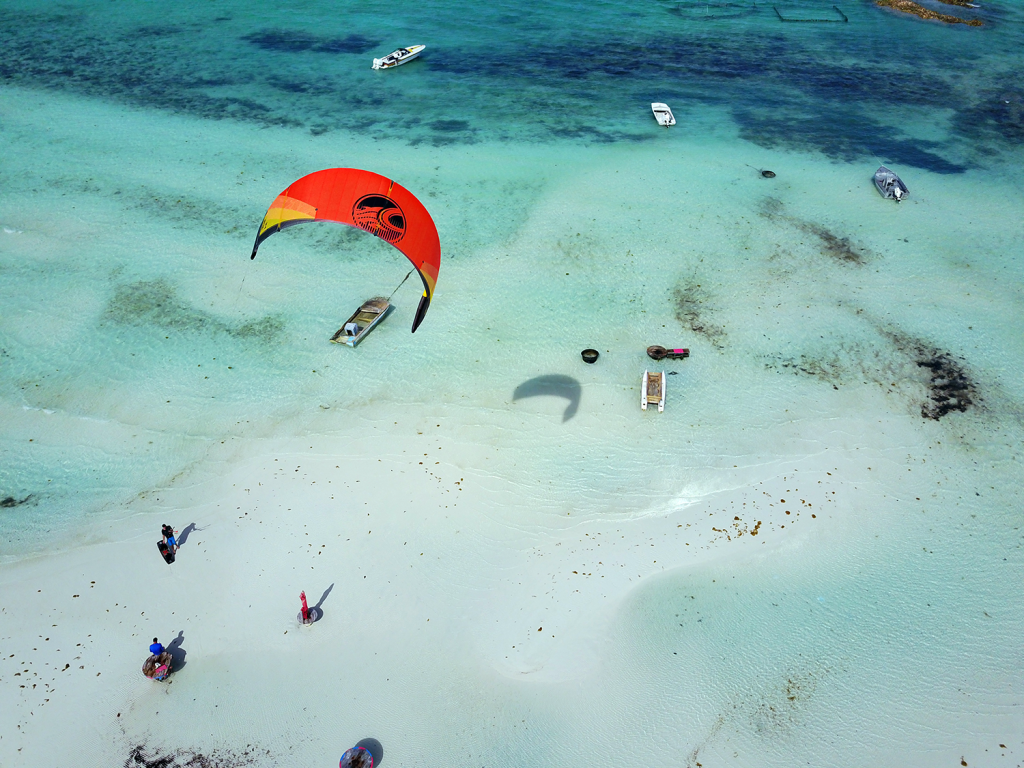
This law simply states we are all different, and so what works for one person, almost by default, will not work for the next…
In fact the same thing which works as a panacea for one person may have very negative effects in another.
This is true in which ever field you look at, exercise and fitness, nutrition, sleep, supplementation, stress reduction…or any other lifestyle change we use to induce massive increases in performance.
Ok so this is a great little nugget to know but…
How the hell do you actually implement this?
How can you possibly know all the nuances behind your biology?
Well for years in my job it was a case of trial and error.
As Health & Performance coaches we’d typically try something, often aided by a bit of guesswork as to what would probably work for the client based on their background and cross referenced with other clients we’d worked with. From there we’d cobble a protocol together and give it a shot.
If it worked…great, if not we’d go back and tweak.
Scientific huh?!
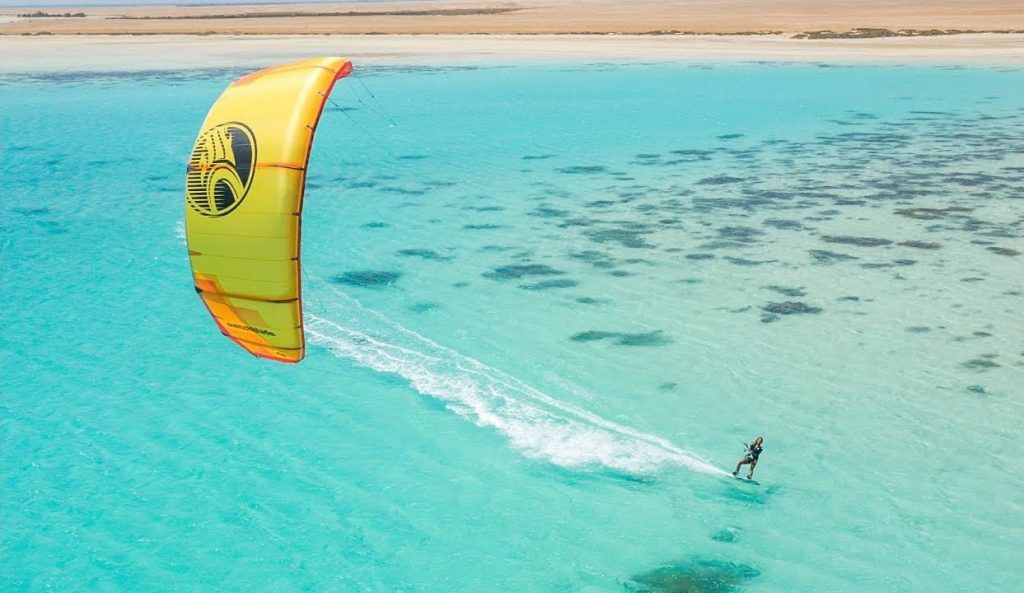
For my quest to become a kick ass kitesurfer I wanted to be a bit more scientific. Luckily for me, at about the time I was conceiving of rebooting this quest, the means to do exactly this became possible.
Check out the video at the top of the page to learn more…
